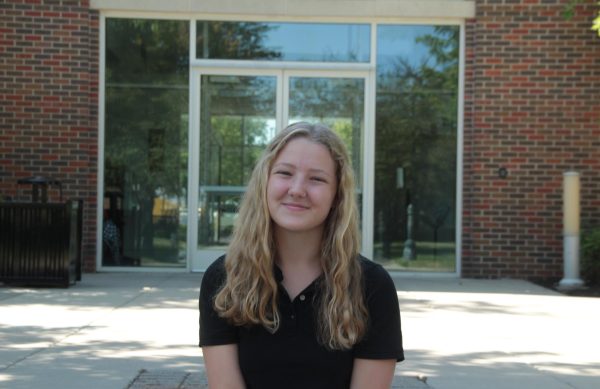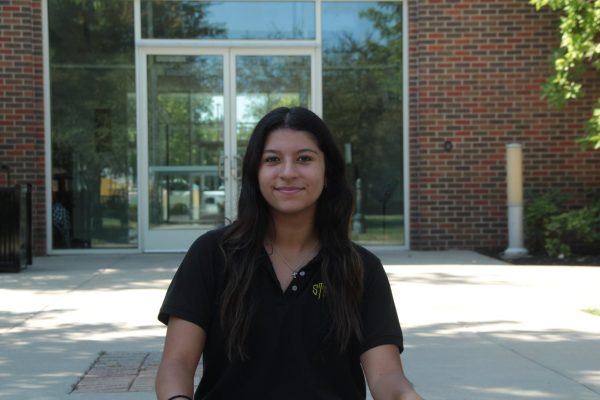Trash the Plastic
Sometimes it feels like we can’t get away from plastic in our lives— and maybe we can’t— but there’s still so much we can do to keep it away from the ocean.
December 13, 2021
A few years ago, my family took a trip to Hawaii. One of the highlights of the whole trip was when a Honu Sea Turtle (locals of the islands) started swimming with us. I couldn’t believe how willing it was to get so close to us — they didn’t even see us as a threat. As the tour guide talked to our group later, I learned more about the real threat humans pose to wildlife — plastic.
As a busy teenager, plastic sneaks into my life in many forms: granola bars, skincare containers and coffee cups all make common appearances. Although I feel guilty about how much plastic I ultimately use, I feel slightly reconciled when I throw my empty container into the recycling bin. As long as it’s recycled, plastic’s okay, right?
Wrong. As I’ve now learned, recycling is a very troubled process, filled with many opportunities for a whole truckload of plastics to be contaminated. This is due to people putting unrecyclable or dirty materials into the bin, which isn’t really their fault. There’s always a cloud of uncertainty surrounding recycling, because it varies by state and even by city. What you could throw in the recycling bin here could be a no-go in St. Louis.
After seeing COVID-19 boost the whole world’s use of individual packaging and masks, I feel the urgency to solve and spread awareness of this problem now more than ever. Increased takeout, masks and gloves have all worsened our rapidly emerging plastic crisis. There are so many solutions to plastic pollution, but all of them have to be used in conjunction with each other to make any difference. The easiest of these solutions to remember are the 3 R’s: Reduce, Reuse, Recycle (which are boring, I know, but effective).
I think the most effective solution to attempt is reducing. There’s so many ways to do this, whether it’s by using paper bags at the grocery store, using reusable water bottles (which are way cuter than plastic ones anyway) or not using plastic straws. There are also so many sustainable clothing brands that don’t use any plastic, or even use recycled materials, like Veja and Patagonia. Reducing the demand for plastic is so important because it’s a huge indicator for companies to take initiative.
The second R, reuse, is definitely a less mentioned solution than its counterparts. Reusing plastic can take so many forms; for my family, it’s using stray plastic bags to pick up my dog’s poop (which sounds so funny but it works). It could also be using plastic containers in crafts or organization around the house.
The last way you can reduce plastic in the environment is, again, through recycling. Recycling plastic takes barely any effort; a quick rinse is typically the only preparation you need in order to prepare the plastic for the recycling process. The thing that’s important to remember with this solution is that it’s more efficient, rather than effective. Due to the issues I mentioned before, educating people on what’s allowed in your area can ensure that you’re truly helping the environment.
Of course, it takes everyone to make a difference. A single person reducing their footprint is much different from millions of people. Ending plastic pollution is an incredibly daunting task, and I don’t know if we’ll even figure it out in our lifetime. But don’t we owe it to the turtles to try?











